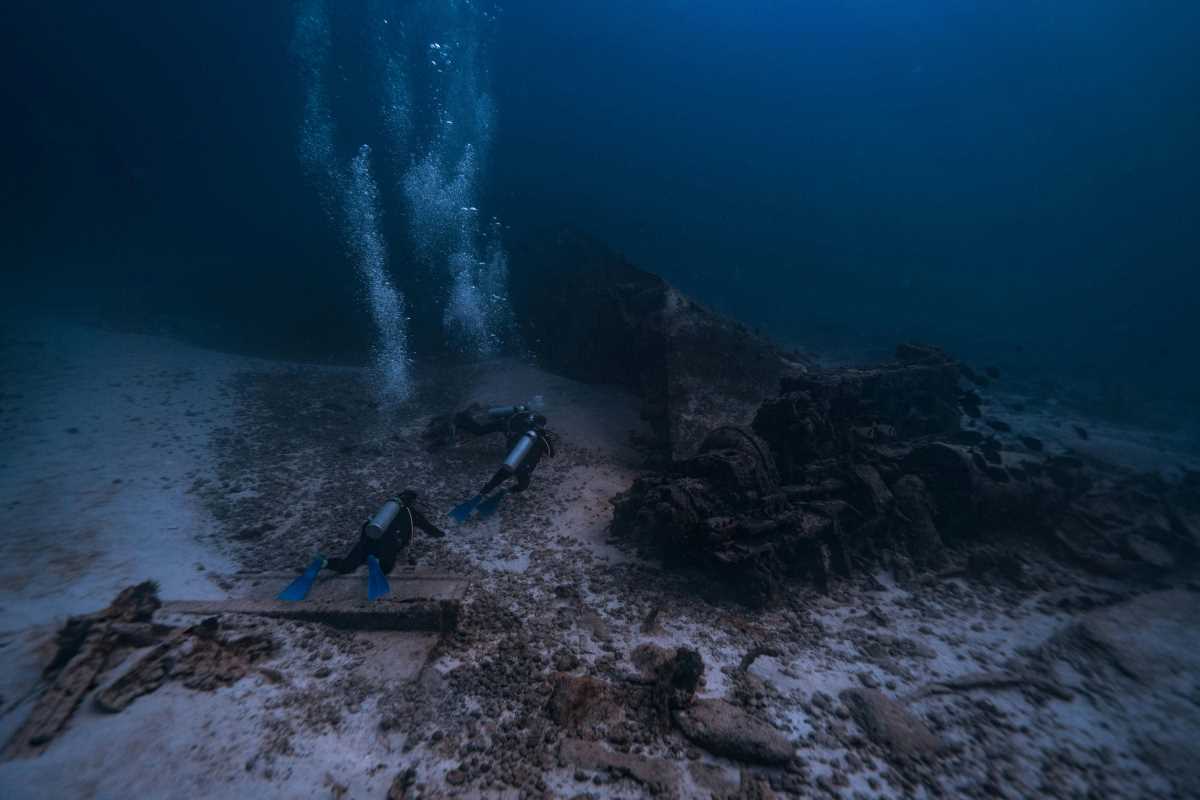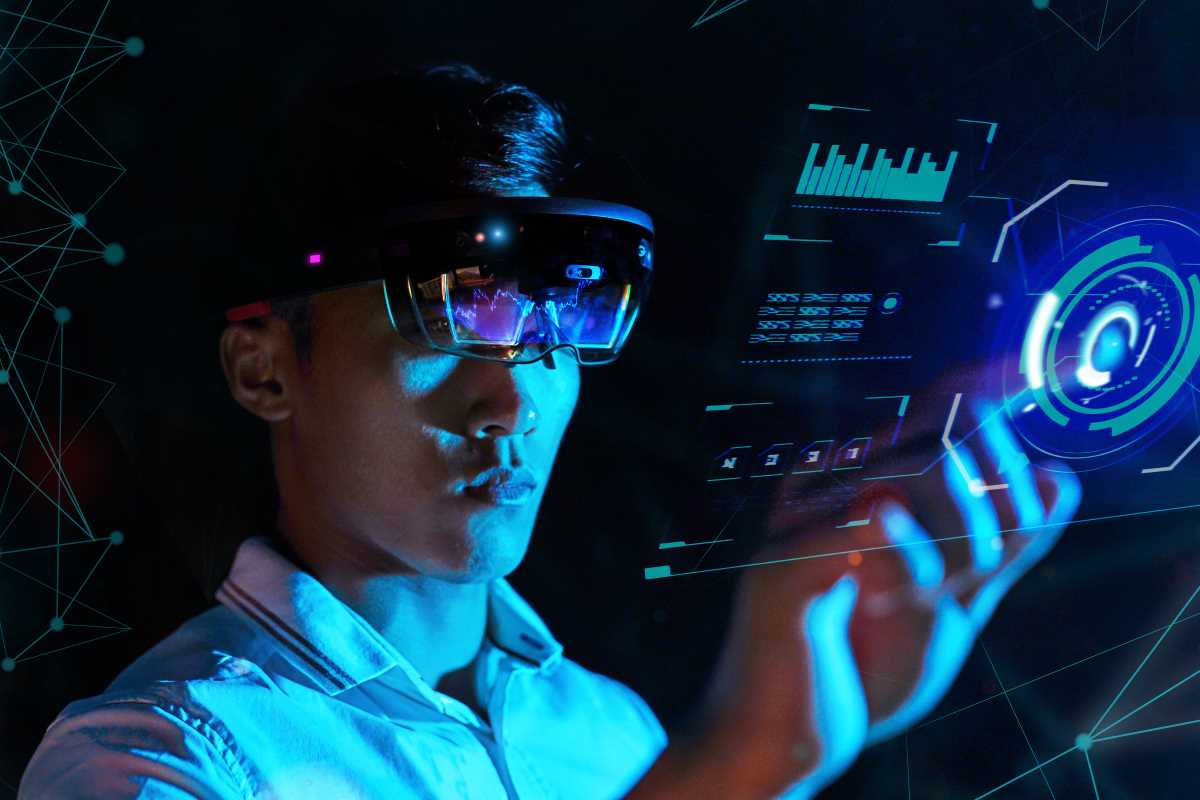Diving beneath the ocean's surface opens up a world filled with the mysteries of marine life and the hidden stories of ancient civilizations. For years, underwater archaeology has been fraught with challenges, but artificial intelligence (AI) is revolutionizing the field. AI is changing the way researchers discover and analyze artifacts submerged in the depths. With AI technology, archaeologists can tackle the complexities of underwater exploration with greater precision and efficiency. This integration leads to remarkable discoveries that once appeared beyond reach, unveiling secrets that deepen our understanding of history beneath the waves.
The Role of AI in Modern Archaeology
- AI assists in processing large datasets from underwater surveys, making it easier to identify potential sites of interest.
- Machine learning algorithms analyze patterns in sonar and imaging data to detect hidden structures beneath the seabed.
- Automated drones and robotic systems, guided by AI, explore areas that are too dangerous or inaccessible for human divers.
- AI-driven software helps reconstruct fragmented artifacts, providing a clearer picture of historical contexts.
- Predictive modeling powered by AI forecasts the locations of undiscovered archaeological sites, optimizing exploration efforts.
These advancements revolutionize the field, allowing archaeologists to push the boundaries of what’s possible in underwater exploration.
Technological Advances in Underwater Exploration
- High-resolution sonar systems provide detailed images of the ocean floor, revealing structures that previously remained hidden.
- Autonomous underwater vehicles (AUVs) equipped with AI efficiently map vast areas of the seabed.
- Advanced imaging technologies, such as 3D photogrammetry, allow for precise documentation of underwater sites.
- AI algorithms enhance the clarity and accuracy of images captured in challenging underwater conditions.
- Integrating AI with existing archaeological tools accelerates the discovery and analysis process, leading to quicker insights.
The integration of AI in these technologies improves the efficiency of underwater explorations and opens new avenues for discovery that previously seemed unimaginable.
Challenges and Solutions in Underwater Archaeology
- Visibility and Clarity: Poor visibility underwater can obscure important details.
- Solution: AI-enhanced imaging techniques improve clarity, allowing for better identification of artifacts.
- Data Overload: The vast amount of data collected can overwhelm researchers.
- Solution: Machine learning algorithms quickly sift through data, highlighting areas of interest for further investigation.
- Accessibility: Some underwater sites prove difficult to reach due to depth and terrain.
- Solution: AI-controlled drones and robots navigate challenging environments, accessing otherwise unreachable sites.
- Preservation: Artifacts often remain fragile and at risk of damage during exploration.
- Solution: Precision-guided AI tools handle artifacts with care, minimizing the risk of damage during retrieval and analysis.
- Resource Allocation: Limited resources can constrain the scope of archaeological projects.
- Solution: Predictive AI models prioritize exploration efforts, ensuring resources target the most promising sites.
AI-driven Discoveries: Case Examples
One notable example of AI in underwater archaeology involves the discovery of a lost shipwreck in the Mediterranean Sea. Using AI-enhanced sonar systems, researchers detected anomalies on the seabed that indicated the presence of a ship. Subsequent dives revealed a well-preserved vessel, providing valuable insights into ancient maritime trade routes. Another case involves using AI-powered drones to map submerged cities in the Caribbean, uncovering structures that suggest advanced pre-Columbian civilizations. These discoveries enrich our understanding of history and demonstrate the significant role of AI in uncovering the past.
Future Prospects and Implications
- AI will continue to enhance the precision and scope of underwater archaeological research.
- Integration with other emerging technologies, such as augmented reality, could provide immersive experiences for both researchers and the public.
- Collaborative AI platforms may enable global teams to work together more effectively on underwater projects.
- Ethical considerations and sustainable practices will play crucial roles as AI-driven exploration becomes more common.
- The potential for AI to uncover previously unknown sites could lead to a renaissance in underwater archaeology, sparking renewed interest and investment in the field.
As AI technology advances, the possibilities for underwater archaeology expand exponentially. Researchers can find and preserve historical artifacts with greater efficiency and gain deeper insights into the lives and cultures of ancient civilizations. The fusion of AI and underwater archaeology promises to unlock new frontiers, making the hidden treasures of the ocean more accessible than ever before.
AI is revolutionizing underwater archaeology by overcoming traditional challenges and enhancing discovery. Its continued advancement promises deeper insights into our submerged past.
 (Image via
(Image via





